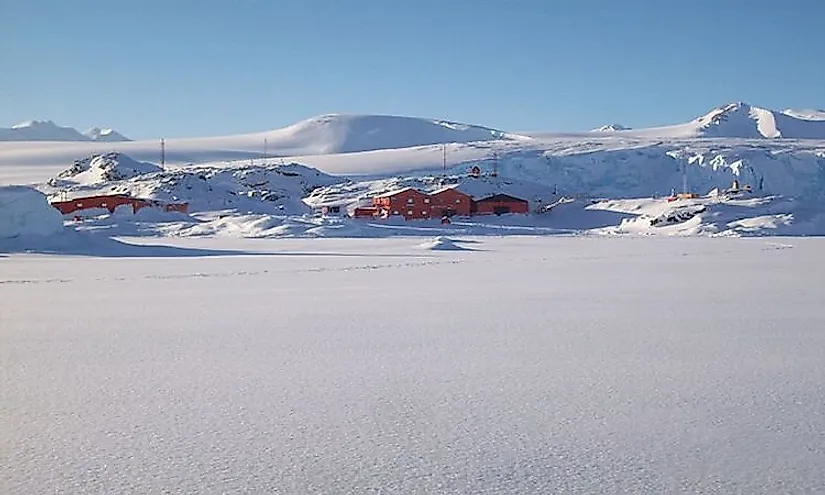Is Antarctica A Desert?

What Exactly Is A Desert?
Barren land with little or no precipitation is referred to as a desert. Due to the lack of water, one of the basic requirements for survival, living conditions are hostile for plant and animal life in such environments. About one-third of the world’s land surface is arid or semi-arid in nature. Deserts can be hot or cold. Deserts can have a sand-covered, ice and snow covered, or rocky landscape. However, the common feature of all deserts is the complete lack of precipitation or very low precipitation.
In 1953, geographer Peveril Meigs classified deserts into three categories. Extremely arid regions are those without precipitation for at least twelve consecutive months, arid lands are those that receive less than 250 mm of annual rainfall, and semiarid lands are parts of the world that receive an annual precipitation between 250 and 500 mm. The former two categories are classified as deserts while the semiarid regions are usually grasslands. The classification by Meigs is still widely accepted for classifications of land on the basis of precipitation.
What Do We Normally Consider As Deserts?
When we speak of deserts, we tend to imagine vast stretches of sandy landscape, massive sand dunes, camels, nomads, and occasional oases. We also associate hot climate with such landscapes. Examples of such deserts are the Sahara Desert stretching across large parts of the continent of Africa, the Thar Desert in India, the Arabian Desert in the Middle East, the Gobi Desert in China and Mongolia, and others. However, though all these are deserts, the largest deserts in the world are located far from the populated continents of the world, at the polar regions of our planet. Though the polar regions are covered with permafrost, precipitation in the form of snowfall is nearly completely lacking in these regions. Thus, the polar landscapes are also classified as deserts.
Is Antarctica A Desert?
Antarctica is the coldest continent on Earth and the coldest recorded temperature on Earth −89.2 °C was recorded at Antarctica’s Soviet Vostok Station on July 21, 1983. Besides being the coldest place on Earth, Antarctica is also the biggest desert of our planet. The continent receives negligible precipitation in most parts in the interior of the continent, and precipitation is almost always in the snow form. Some parts of the interior receive as low as 20 mm precipitation annually. The South Pole itself receives less than an average of 100 mm precipitation annually. Precipitation along the coast is relatively higher at an average of about 200 mm per year. Occasional cases of heavy snowfall and very little rainfall occur only in the coastal regions of the continent.
The average annual precipitation of the continent of Antarctica is about 166 mm. Thus, this fact makes Antarctica a true desert as per the classification by Peveril Meigs.
Does Antarctica Support Life?
Like the hot deserts of the world, Antarctica also supports very little life. Few terrestrial vertebrates inhabit the continent, and invertebrate life is also less varied. Invertebrates like microscopic mites, lice, rotifers, krills, springtails, etc., are found. The flightless midge, Belgica antarctica, is the only animal that leads a purely terrestrial life in the continent while the snow petrel is the one among the three birds that breed exclusively in Antarctica. Penguins are found in the coastal areas of the continent, and the Antarctic sea life includes blue whales, colossal squids, blue whales, and fur seals.











